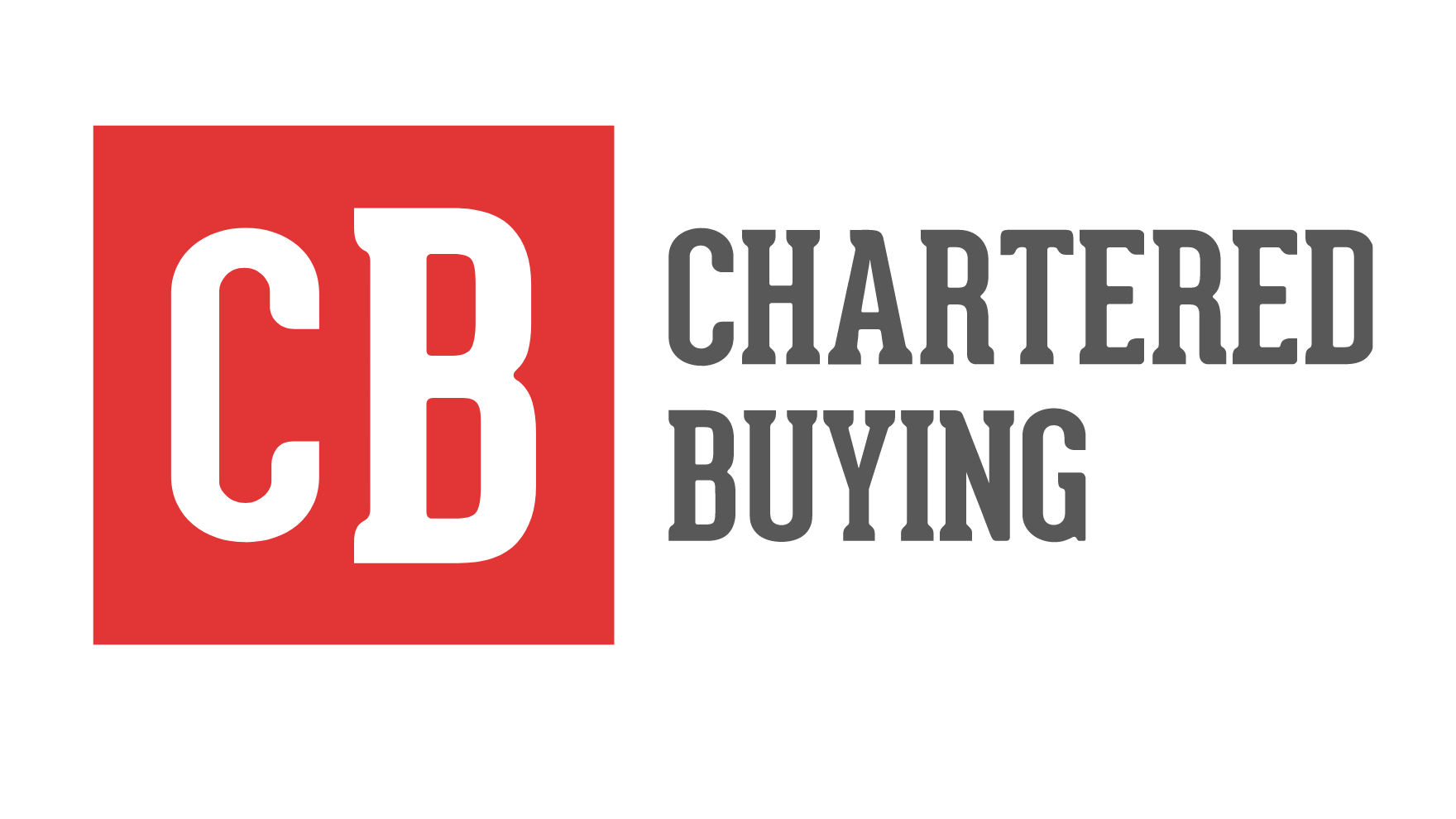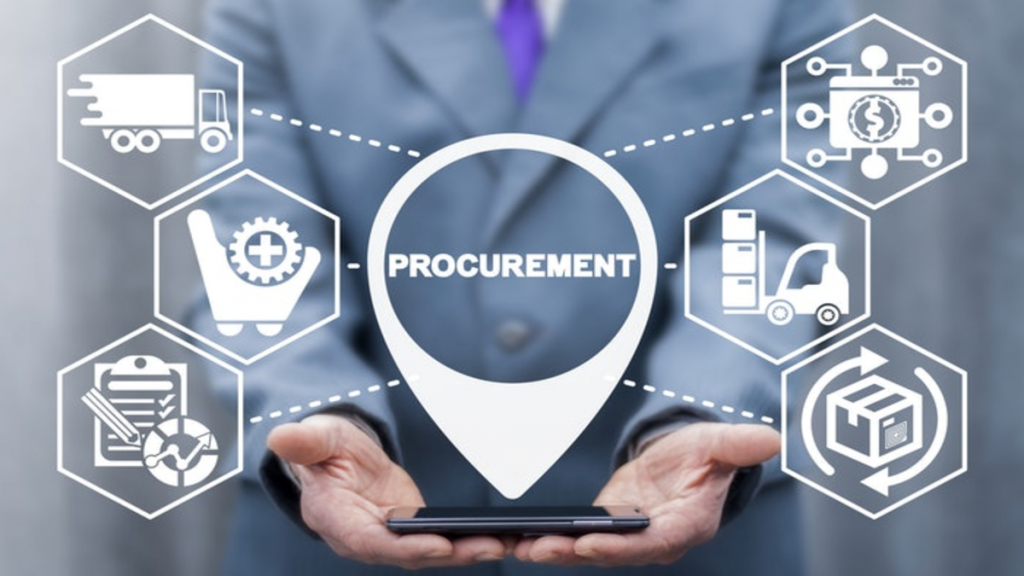Is Procurement Category Management Right For Your Business?
Do you often wonder whether procurement category management is right for your business or project procurement? Not only it is right for your business but also very important because of the pace at which the world of business operations is changing. Each business requires an effective approach for improving efficiency and streamlining the procedures.
Procurement Category Management and Project Procurement are two well-known approaches to procurement management. These approaches provide various methods to deal with particular issues and possibilities in the field of procurement. Even though choosing between Procurement Category Management and Project Procurement can be a tough task, we at Chartered Buying will assist you throughout.
Procurement Category Management is becoming very popular with each passing day. This is so because it offers a comprehensive approach to managing procurement practices. It avoids the same old traditional approaches.
Thinking about how Chartered Buying builds value in this? We hereby put all your queries to an end and will indulge in the analysis of procurement category management along with you. In addition, we will also discuss its advantages and factors that make it the best option for business operations.
Understanding Procurement Category Management
Now let’s understand what procurement category management exactly is. So basically, just like Project Procurement, it is also a strategic framework required for purchasing which incorporates:
- the classification of the same kinds of products and services into specific categories
- managing them as strategic business units.
The aim is to:
- maximize value
- minimize risk
- drive continuous improvement within each category.
Unlike conventional procurement which focuses on particular transactions, category management has a more strategic approach. It considers the full lifecycle of goods or services. during the same.
Key Principles of Procurement Category Management
-
Categorization and Segmentation:
Integrating similar goods or services according to common attributes like:
- Function
- Specifications
- Usage
Grouping suppliers according to criteria including:
- Performance
- Reliability
- strategic importance
-
Strategic Sourcing:
Formulating sourcing plans for every category for the following purpose:
- reduce expenses
- manage risks
- guarantee that high-quality products and services are available.
-
Supplier Relationship Management (SRM):
establishing reliable, cooperative partnerships with suppliers to:
- spur creativity
- boost output
- gain a competitive edge
-
Continuous Improvement:
Reviewing and improving category strategy regularly using the following:
- input from stakeholders
- market analysis, and
- performance evaluations.
-
Data-Driven Decision Making:
Utilizing analytics and data for the following purposes:
- to track performances
- to find areas for improvement
- to make well-informed decisions
Benefits of Procurement Category Management:
-
Cost Savings and Efficiency:
- Through expenditure pattern analysis and purchasing consolidation within certain categories, organizations can bargain more effectively with suppliers. Major savings in expenses might result from standard processes and bulk purchases.
- Procurement teams can concentrate on strategic objectives by using the time and resources saved on transactional tasks by implementing efficient procurement processes.
-
Strategic Supplier Relationships:
- Building solid, cooperative relationships with important suppliers within each category is a critical component of category management. Wondering what all is possible with this strategic alliance? Here’s the list:
- increased innovation
- higher service standards
- better negotiating results
- Just by having a thorough knowledge of the supplier environment, businesses may:
- detect possible hazards and possibilities
- manage the supply chain more proactively
Risk Management:
- Organizing procurement processes into categories makes it easier for companies to:
- recognize the risks
- control the risks.
Through an awareness of the relative importance of each category, businesses may put risk management plans into place that are tailored to the particular features of the products or services supplied.
- A more robust supply chain can be ensured by expanding the supplier base within a category, which can act as a safeguard against delays.
-
Enhanced Visibility and Control:
A standardized framework for categorizing procurement data is offered by category management, which offers:
- enhanced visibility into spending
- supplier performance, and
- overall procurement metrics.
- Enforcing adherence to procurement policies and regulations is facilitated for organizations by centralized control and standardized processes.
-
Innovation and Continuous Improvement:
By focusing on each area specifically, businesses can foster:
- innovation
- continual development
Periodic evaluations and reviews of category performance make it possible to spot areas in need of innovation and optimization.
- By keeping up with developing technology and market trends within particular categories, procurement teams can promote an environment of competence and flexibility.
Things you should know while choosing between Procurement Category Management and Project Procurement
- Scope and Applicability:
Organizations that have a variety of procurement needs across several categories should use category management.
- Project procurementis designed specifically for companies working on certain projects that have particular criteria for procurement.
- Flexibility and Adaptability:
- More versatility is provided by procurement category management, which may be adjusted to shifts in market conditions and company goals.
- Developments outside the project’s scope may be more difficult to accommodate due to project procurement’s tendency to be more strict and project-specific.
- Risk Mitigation:
Proactive risk management techniques are made possible by procurement category management, which offers a thorough understanding of the hazards connected to particular categories.
- Project procurement often concentrates on particular issues in the project, possibly ignoring dangers to the organization as a whole.
Supplier Relationship Management (SRM):
- Procurement category management places a high emphasis on collaborating and innovating with vendors across a range of categories.
- SRM in project procurement is frequently project-centric, with connections that can be temporary.
- Cost Optimization:
Category management maximizes costs by:
- using bargaining tactics specific to each category
- smart sourcing
- While project procurement optimizes costs specifically for the project, it might not support larger organizational cost-saving efforts.
- Operational Efficiency:
- By classifying goods and services, procurement category management:
- expedites the procurement process
- saves time and money on sourcing efforts.
- The operational efficiency of project procurement is project-focused and may not be standardized throughout the entire company.
- Data-Driven Decision Making:
- Category management supports data-driven operations across the organization by using analytics and data to make educated choices at the category level.
- The decision-making process that is applied in project procurement is frequently project-specific and has little bearing on a broader organizational strategy.
Things you should consider for Implementing Procurement Category Management:
When choosing between Procurement Category Management and Project Procurement, mostly prefer going with Procurement Category Management because its benefits are more compelling. It is essential for businesses to carefully consider several factors before deciding if this approach is suitable for their operations.
- Organizational Readiness:
Determine whether your company is prepared to adopt a more methodical and strategic approach to buying. This includes:
- evaluating your procurement team’s competencies and skills
- making sure that change is being committed to at all organizational levels.
- Data and Technology Infrastructure:
Accessible and reliable data is essential for successful category management. Evaluate the effectiveness of your data management systems and think about investing in technological solutions that facilitate:
- Gathering of procurement data,
- Processing of procurement data, and
- Application of procurement data
- The efficiency of procurement category management can be greatly increased by putting in place platforms or software for procurement that enable
- data tracking
- collaboration, and
- performance evaluation.
- Supplier Collaboration:
Assess the degree of cooperation and openness in your present supplier relationships. To achieve shared objectives, effective category management necessitates:
- readiness to work closely
- share information with important suppliers.
- Evaluate the competencies of your current supplier network and pinpoint opportunities to improve cooperation to spur creativity and productivity.
- Resource Allocation:
Evaluate the effects of applying procurement category managementon resources. Even while there can be significant long-term benefits, the early adoption might need more funding for things like:
- technology investments,
- training, and
- hiring specialized staff to handle each area well.
- Change Management:
Acknowledge that when the procurement category management is implemented, it signifies a substantial shift in the organization’s perspective and procurement procedures. Create a thorough change management strategy to:
- address concerns
- explain the advantages
While doing the same, just make sure that everyone involved is on board with the new strategy.
- Balancing Standardization and Flexibility:
It’s critical to strike the correct balance between allowing for flexibility within categories and standardizing processes for efficiency. Because of their special qualities, some categories might need more flexibility, while others gain from standardized procedures that promote uniformity and reduce costs.
- Continuous Evaluation and Adaptation:
Procurement category management necessitatesongoing assessment and modification; it is not a one-time event. Hence you’re required to regularly:
- Evaluate each category’s performance
- get input from relevant parties
- be ready to modify your plans in response to shifting market dynamics and corporate objectives.
Conclusion:
In conclusion, we would state that Procurement Category Management gives organizations, the means to:
- successfully manage risks,
- improve supplier relationships,
- optimize costs through a strategic and all-encompassing approach to procurement processes.
Furthermore, the following factors are necessary for a successful deployment:
- ongoing dedication to continuous improvement
- supplier engagement
- resource allocation
- organizational preparedness
- data and technology infrastructure, and
- change management
Before pursuing Procurement Category Management, businesses should thoroughly:
- examine their current procurement procedures
- weigh the possible advantages against implementation difficulties
- decide whether this strategic approach is suitable for their long-term corporate objectives
When done well, Procurement Category Management may be a game-changer for businesses, helping them become more innovative, efficient, and competitive in the fast-paced world of contemporary trade.
We hope that you’re familiar with all the aspects involved in choosing between Procurement Category Management and Project Procurement. Hence this is how Chartered Buying builds value and creates a difference.



